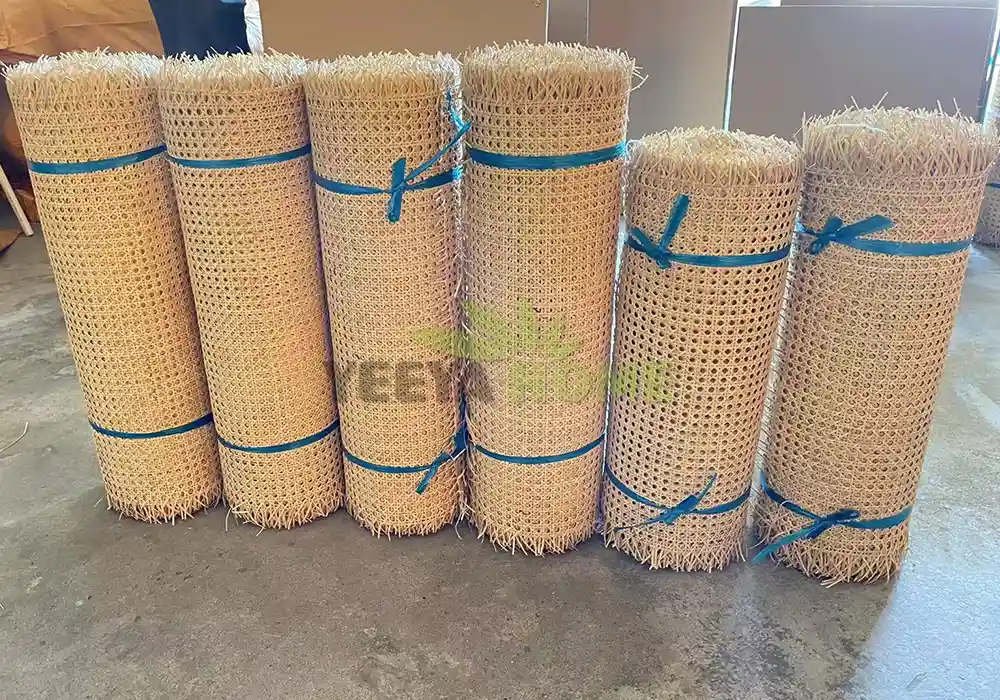What Is Rattan
What Is Rattan

Rattan classification
Rattan is classified into three main groups based on their growth habit:
- Terrestrial rattan: This type of rattan grows on the ground and is the most common type. It is characterized by its long, straight stems that can reach up to 100 feet in length.
- Epiphytic rattan: This type of rattan grows on other plants and trees. It is characterized by its shorter stems that are often twisted or curved.
- Aquatic rattan: This type of rattan grows in water. It is characterized by its thick, spongy stems adapted to living in wet environments.
Rattan harvesting
Rattan is harvested by cutting the stems from the plant. The stems are then cleaned and processed for use. The processing of rattan can involve a variety of steps, including stripping the bark, drying the stems, and weaving the stems into a variety of products.
Rattan uses
Rattan is used in a variety of applications, including:
- Furniture: Rattan is a popular material for furniture, such as chairs, tables, and beds. It is known for its comfortable feel and ability to withstand heavy use.
- Baskets: Rattan is often used to make baskets, which are used for various purposes, such as storing food, carrying goods, and decorative purposes.
- Flooring: Rattan is a sustainable flooring option that is strong and durable. It is also known for its natural beauty and ability to add warmth to a room.
- Other uses: Rattan is also used to make various other products, such as musical instruments, sporting goods, and toys.
Rattan sustainability
Rattan is a sustainable resource that can be harvested without harming the environment. However, it is important to ensure that rattan is harvested responsibly. This means harvesting the stems from mature plants and avoiding harvesting in areas important for biodiversity.